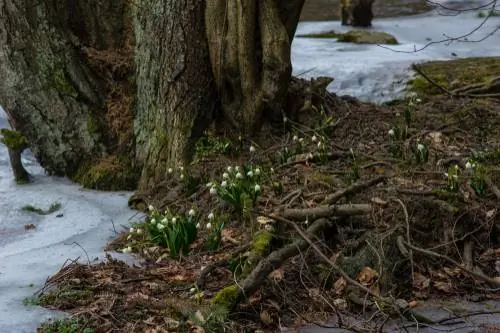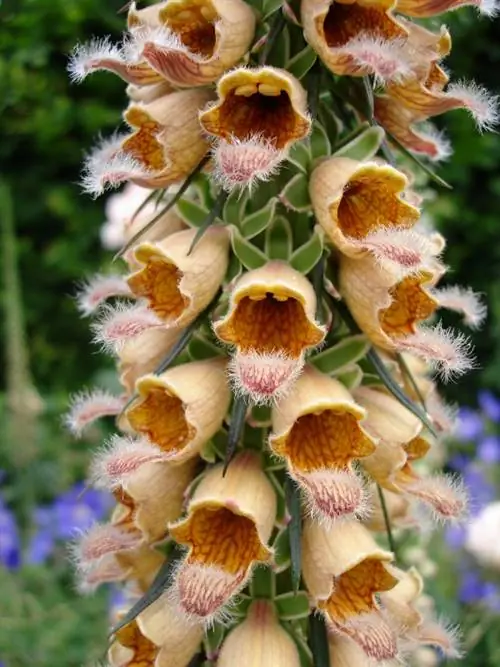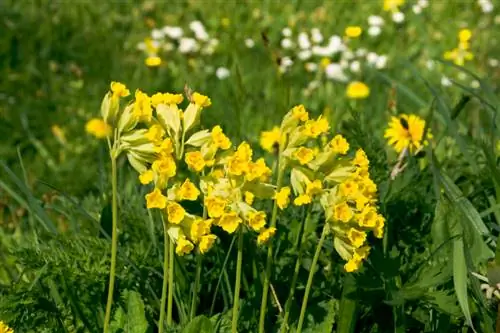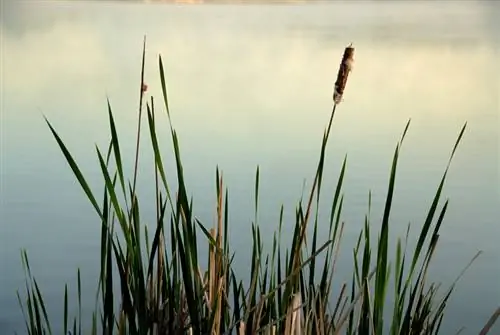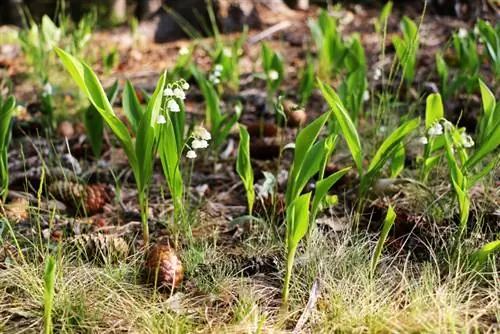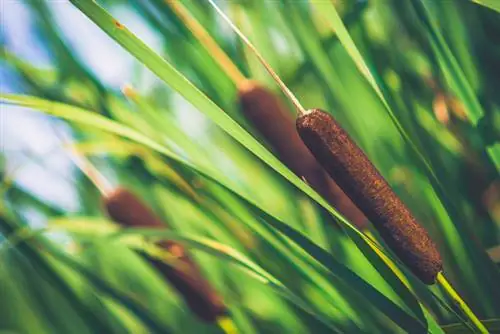- Author admin [email protected].
- Public 2024-01-10 23:11.
- Last modified 2025-01-23 11:22.
In spring we can occasionally encounter white-flowering plants in nature. In moist floodplain forests this could be the Märzenbecher. It can be recognized by its white bell-shaped flowers, whose petals are decorated with a yellow or green dot. You can only admire him!
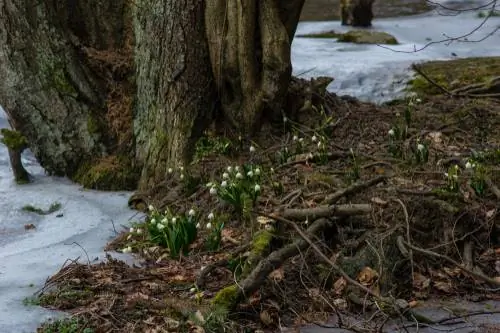
Why is the Märzenbecher protected?
Märzenbecher are protected because their distribution is declining sharply. Picking or digging up wild March cups is prohibited by law and will result in pen alties. Cultivation in your own garden contributes to the preservation of biodiversity.
Occurrences in nature
The ideal location for Märzenbecher is shady and moist. We have to go to such places if we want to discover it. Two components are usually necessary: a forest that provides shade. And a stream that provides moisture. In Central Europe, floodplain forests are its typical home.
Rare Encounters
If you can't spot March cups while patrolling wet woodlands, it could be that you're out of bloom. Märzenbecher are onion plants that have a comparatively short existence above the earth's surface. They sprout their first flowers in February. The last specimens wither in April. Soon afterwards the plants retreat into their bulbs. As if they were never there.
But the rare encounters also have to do with the fact that the distribution of this early bloomer is declining sharply. Today it is hardly as numerous as it was in earlier times. To ensure that its numbers do not continue to dwindle and that it even disappears completely from this planet, it is under legal protection in this country.
Nature conservation and its importance
Wild March cups may not be picked or dug up. Anyone who does so risks hefty pen alties. As a nature lover, you wouldn't come up with such ideas that endanger the continued existence of a species anyway. Looking is allowed. And so we can thoroughly enjoy the sight of this flower whenever we encounter it. That should be enough.
Cultivate March cups at home
March cups can also be planted in a private garden. Place the bulbs in the ground between September and October. You can get them in well-stocked specialist shops.
Patient gardeners can venture into seed propagation. This second variant of propagation is more cost-effective. But it takes several years for specimens grown from seeds to bloom. In any case, by cultivating this endangered plant you are making a valuable contribution to preserving natural biodiversity.
Note:Wear gloves when working with this plant. It is highly toxic in all parts. In a family garden it should be conspicuous by its absence.

